

In today’s global marketplace, brands grapple with diverse challenges, yet information abundance prevails. The digital realm generates copious consumer data, detailing their activities, preferences, and sentiments. Social media serves as a platform where unmet needs are spontaneously expressed. Marketers can leverage this wealth of information to understand consumer behavior and preferences. Businesses equipped with comprehensive business intelligence can discern market trends, product performance, and category dynamics. The challenge lies not in the scarcity of data but in the strategic interpretation and application of this wealth of information for effective brand positioning.
In the realm of brand positioning, it’s well-established that mere information is insufficient. Brands thrive on insights derived from diverse sources—managerial perspectives, employee inputs, distributor feedback, and consumer behavior. Quantitative data and statistics contribute to this mosaic of insights. However, a crucial dimension intertwining and influencing all aspects is culture. Understanding and aligning with cultural nuances are pivotal for effective brand positioning strategies.
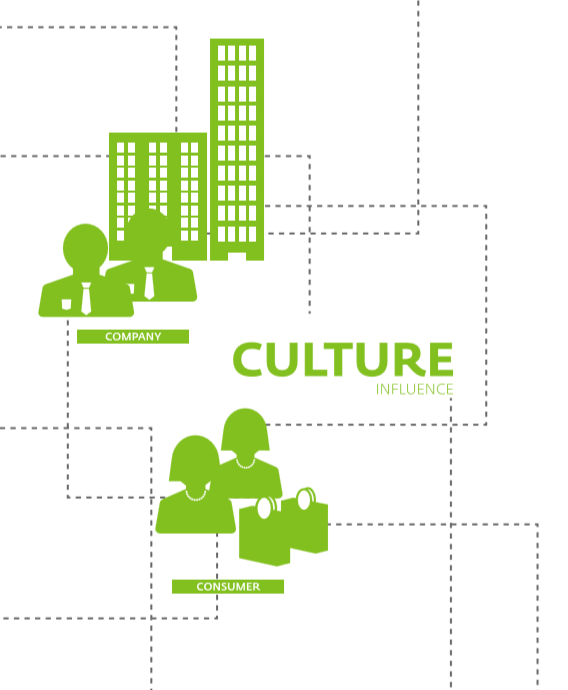
Whether you consider culture a sea in which we are all swimming, a web that we have spun, or a mental software humans use to interpret information, structuring and analyzing culture is a rich and often untapped gold mine of insights for brands. So let’s have a closer look at cultural research, a topic we are basically obsessed with at Labbrand.
WHAT IS CULTURAL RESEARCH
Arguably culture should be a key consideration for any research or branding activity, but in particular semiotics is an approach that helps decode and also encode cultural elements for brand innovation. Although consumer research makes very valuable contributions to brand, product, and communication development, the participants can be limited in terms of what they can articulate, forecast, or share openly in a research setting.
Semiotics is an academic discipline with its origins in linguistics, however in recent years semiotic methodology has been applied to a multitude of topics, from movies, advertising and fashion to politics, products and design.
In general, semiotics can be defined as the study of sign systems and how they create meaning. For brands, semiotic research allows them to understand how meaning is produced by analyzing codes within the cultural context. In addition to being a tool for deconstructing and understanding, semiotics also gives us the answers on how to construct the desired meaning in a culturally relevant way. While it is a rigorous stand-alone method, semiotics can also be used in conjunction with consumer research to enhance its effectiveness. For example, semiotics can be used to first structure a given category or topic prior to consumer focus groups so the discussion can be more precise and deep, and the interpretation better informed.
Now let’s take a more detailed look at some of the key concepts in semiotics as well as the typical analytical process.
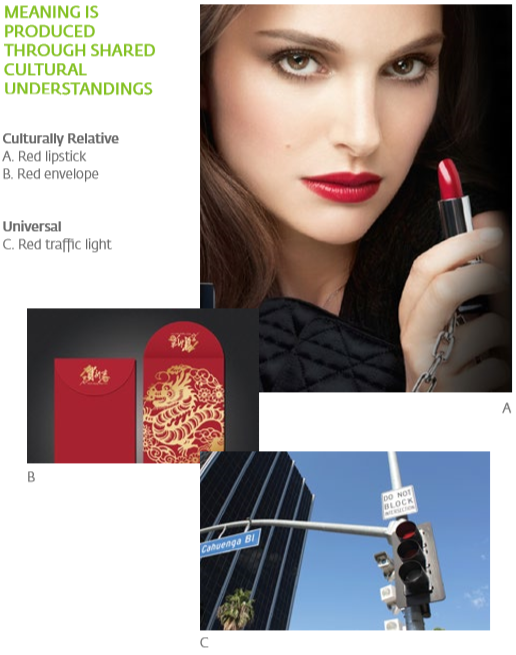
THE IMPORTANCE OF CONTEXT
For semiotics, giving attention to cultural context is essential. Signs and symbols convey different messages in different cultures. An amusing example is the “code” of a white elephant: in China, white elephant has the meaning of steady and has been used by a local battery brand; in Thailand it is considered sacred and royal; and in the West the white elephant is an expensive, often unwanted, item that is costly to maintain. We can imagine White Elephant batteries may have a bit of brand localization work to do if they ever want to enter markets outside of China.
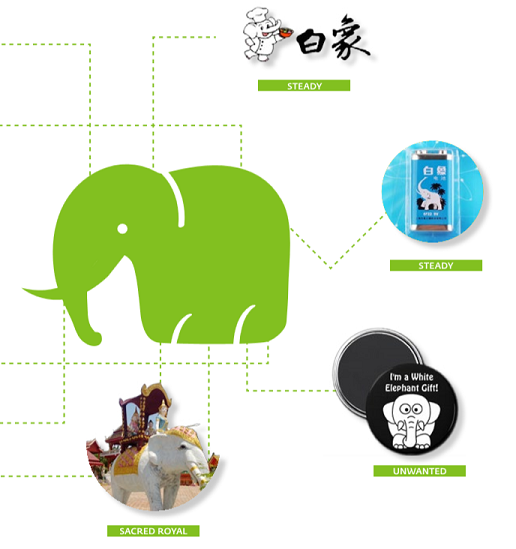
WHAT IS CODE?
We call the basic unit of analysis for semiotic research a “code”. A code is made up of an expression and a meaning. In other words, a code links an abstract concept to something that is perceivable through a medium, be it written, visual, tactile, etc.
For example:
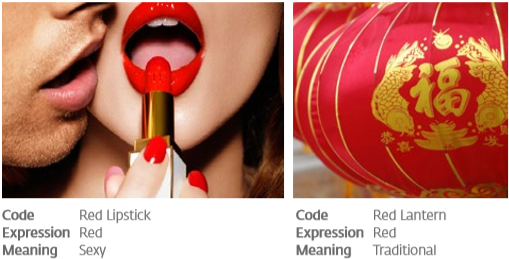
Like the white elephant above, the code of red lipstick will have a different meaning in different cultures: In the West, the meaning may be Sexy; in China it may be traditional! (Of course codes are not always in a colour + object format.) Since the Chinese language is character-based it gets even more fascinating here: letters and words can also be or contain pictures, but that’s a story for another day.
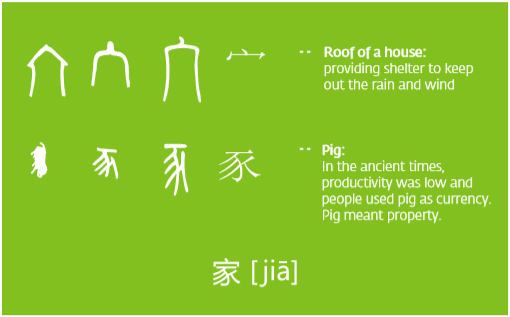
家 [jiā] is the most frequently used character to express HOME in Chinese.
The structure of 家 [jiā] gives insights into the meaning of home in Chinese culture: Home is a place to shelter you and store your property in.
WHAT ABOUT TRENDS?
Semiotics is very useful for identifying trends. The codes that are observed in the marketplace can be categorized as residual (they have been around for a while), dominant (most players in the category are using them), and emerging (the up and coming meanings and expressions in the category). Brands can determine where they stand in terms of codes and identify ways to move their codes into emerging territories to build differentiation and relevance.
HOW IS SEMIOTICS USEFUL FOR BRANDS?
Firstly, semiotics can help identify opportunities for brand positioning. This could be for a new brand/product, or if it is an existing brand entering a new market it can help check the positioning and determine whether it is where the brand wants to be or not.
Once a brand positioning has been plotted on the category map, semiotics is used to identify existing codes or innovate new ones to trigger the intended meaning. For example, they could borrow codes from an adjacent category, such as the codes or colours from anti-aging cosmetics being applied to food or pharmaceuticals.
Then, on an ongoing basis, semiotics can be incorporated into development of new products and communications in order to uncover and capture trends in the market.
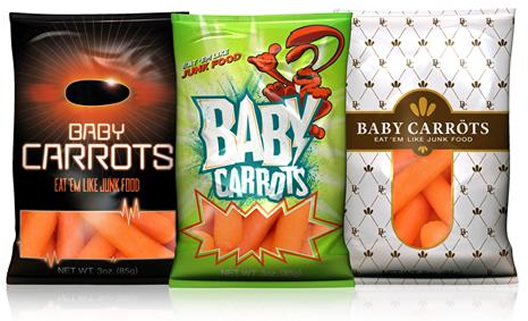
Example of Code Borrowing: Codes of Junk Food on a Healthy Snack
While techniques for applied semiotics take varied forms, a typical process is as follows:
1) Materials Collection and Structuring: collect material from relevant categories such as packaging and communications for a period of time (eg. The past five years)
2) Mapping and Analysis: explore themes and subthemes, decode expressions, identify key structuring dimensions of the category or topic
3) Trends Analysis: identify dominant and emerging trends
4) Semiotic Square Exploration (optional): Develop a framework of meaning making for more thorough understanding/exploration
5) The “So What”: Key Findings and implications for the brand
The process is highly rigorous and thorough and uncovers insights on strategic and tactical levels that often cannot be realized through other methods.
1. Access to industry or category communication trends
2. Avoids localization mistakes by providing interpretation of meaning/perceptions across different cultural contexts
3. Unveils new positioning opportunity or reveal new expression of meaning/concept theme
4. Generates ideas/directions (ideation map) for product/service innovation, communication and brand content
5. Contributes to the design of effective and relevant consumer and Social Media Research
6. Structures consumer insights and provides a meaningful and actionable interpretation
CONCLUSION
This article serves as a basic introduction to the use of cultural research for brand innovation. Semiotics is an approach that is becoming increasingly popular among researchers, advertisers, consultants, etc. and across different types of organizations. At Labbrand we feel there are still great contributions to be made to the field itself, and collaborations such as Semiofest, A Celebration of Semiotic Thinking, Semionaut, an online magazine/knowledge resource, and the Semiotic Thinking group on LinkedIn are some of the first opportunities for practitioners to collaborate and contribute to the development of commercial/ applied semiotics. For more information please visit: semiofest.com.
A Labbrand Group Company © 2005-2024 Labbrand All rights reserved
沪ICP备17001253号-3* Will be used in accordance with our Privacy Policy
To improve your experience, we use cookies to provide social media features, offer you content that targets your particular interests, and analyse the performance of our advertising campaigns. By clicking on “Accept” you consent to all cookies. You also have the option to click “Reject” to limit the use of certain types of cookies. Please be aware that rejecting cookies may affect your website browsing experience and limit the use of some personalised features.